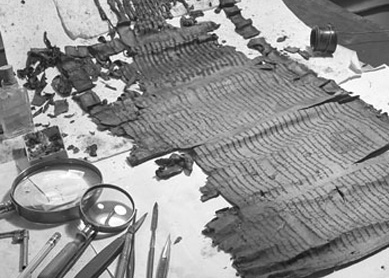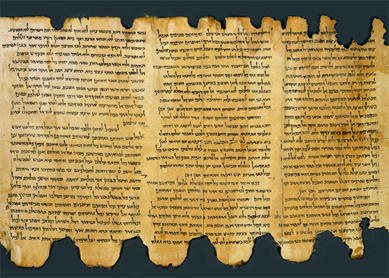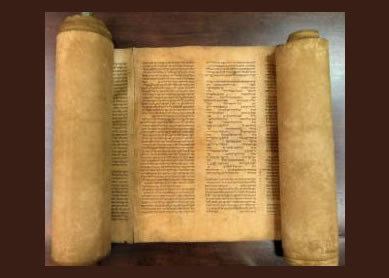Source Criticism seeks to identify independent source documents behind the present biblical texts. It is the oldest method of critical biblical study except for textual criticism. It was initially called higher criticism to distinguish it from lower or textual criticism, then called literary criticism because of its emphasis on written documents. It differs from form criticism in its focus on written rather than oral sources and from redaction criticism in its quest to describe independent sources rather than editorial work.
Brief History
The Bible sometimes mentions written sources, such as the book of Yahweh’s wars (
In 1878, a landmark synthesis by Julius Wellhausen brought an end to competing models—the Fragmentary Hypothesis (numerous fragmented sources rather than continuous documents) and the Supplementary Hypothesis (a kernel source supplemented by additions)—and established the Documentary Hypothesis as the consensus explanation for the Hexateuch. Wellhausen identified E2 as Priestly and the latest of the sources and put forward a developmental sequence for the sources—JEDP. Wellhausen’s main interest was reconstructing Israelite history and religion. The initial title of his book (in German) was History of Israel, Part One. (He did not write Part Two until much later.) The book is better known by the title Prolegomena to the History of Israel. Dating P in the postexilic period, Wellhausen traced the evolution of ancient Israelite religion into Judaism while also pointing out their differences. The evolutionary scheme was a prime reason for the theory’s popularity. It underwent a major adjustment in 1943 when Martin Noth separated Deuteronomy and Joshua as parts of the Deuteronomistic History, leaving the Tetrateuch (Genesis–Numbers) as the subject of the Documentary Hypothesis. There were also dissenters from the start, notably Scandinavians, such as Ivan Engnell, who argued for the oral nature of the sources behind the Tetrateuch, and Israelis, especially Yehezkel Kaufmann, who advocated the %%antiquity of priestly material and were generally doubtful about breaking up the text.
Nevertheless, the Documentary Hypothesis dominated Pentateuchal study until the 1970s when the existence of E began to be questioned and J was dated to the %%postexilic period. At about this same time, source criticism replaced literary criticism, which came to be used for the interpretation of the Bible as literature under the influence of literary studies in the humanities. In the late 1990s and early 2000s European scholars dismissed J as a source, replacing it with a model that identifies numerous written sources and cycles of tradition. However, many North American scholars steadfastly defend the Documentary Hypothesis. This widespread disagreement continues today, although P is still generally recognized as a principal source, and the distinctiveness of D is also maintained.
While the showcase of source criticism has been the Pentateuch, it is also used in other parts of the Hebrew Bible. To give just a few examples, in Isaiah, source criticism has been used to identify three distinct parts of the book (
Approach
Source criticism entails three steps: determining the separate elements that make up a text, reconstructing the sources, and dating them. The first two steps involve taking note of three features within a text: doublets and repetitions, contradictions and tensions, and differences of vocabulary and style. The leading examples are the creation accounts inBibliography
- John Barton, “Source Criticism, Old Testament,” in The Anchor Bible Dictionary, ed. David Noel Freedman (New York: Doubleday, 1992), 6:162-65. Meyers, Carol. “Temple, Jerusalem.” Pages 350-369 in Anchor Bible Dictionary, vol. 6. Edited by David Noel Freedman. New York: Doubleday, 1992.
- Habel, Norman. Literary Criticism of the Old Testament, Guides to Biblical Scholarship (Philadelphia: Fortress, 1971).
- David M. Carr, “Source Criticism,” in The Oxford Encyclopedia of Biblical Interpretation, ed. Steven L. McKenzie (New York: Oxford University Press, 2013), 2:318-26. Lenzi, Alan. “Assyriology: Its Importance for Biblical Interpretation.” In Oxford Encyclopedia of Biblical Interpretation. Edited by Steven MacKenzie. New York: Oxford University Press. 2013.




